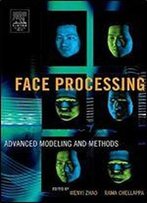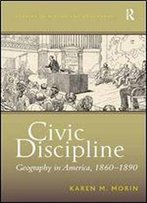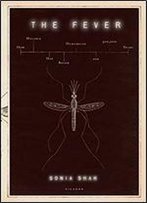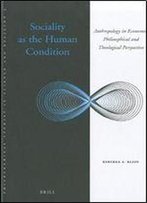
Acoustic Systems In Biology
by Neville H. Fletcher /
1992 / English / DjVu
3.6 MB Download
This book is a practical guide for researchers and advanced
graduate students in biology and biophysics who need a quantitative
understanding of acoustical systems such as hearing, sound
production, and vibration detection in animals at the physiological
level. It begins with an introduction to physical acoustics,
covering the fundamental concepts and showing how they can be
applied quantitatively to understand auditory and sound-producing
systems in animals. Only after the relatively simple mechanical
part of the system is explained does the author focus his attention
on the underlying physiological processes. The book is written on
three levels. For those wanting a brief survey of the field, each
chapter begins with a nonmathematical synopsis which summarizes the
content and refers to the figures, all of which are designed to be
understood apart from the main text. At the next level, the reader
can follow the main text, but need not give close attention to
anything but the general concepts and techniques involved. At the
third level, the reader should follow the mathematical arguments in
detail and attempt the discussion of questions at the end of each
chapter. The author has provided detailed solutions which serve to
expand the discussions of particular cases.
This book is a practical guide for researchers and advanced
graduate students in biology and biophysics who need a quantitative
understanding of acoustical systems such as hearing, sound
production, and vibration detection in animals at the physiological
level. It begins with an introduction to physical acoustics,
covering the fundamental concepts and showing how they can be
applied quantitatively to understand auditory and sound-producing
systems in animals. Only after the relatively simple mechanical
part of the system is explained does the author focus his attention
on the underlying physiological processes. The book is written on
three levels. For those wanting a brief survey of the field, each
chapter begins with a nonmathematical synopsis which summarizes the
content and refers to the figures, all of which are designed to be
understood apart from the main text. At the next level, the reader
can follow the main text, but need not give close attention to
anything but the general concepts and techniques involved. At the
third level, the reader should follow the mathematical arguments in
detail and attempt the discussion of questions at the end of each
chapter. The author has provided detailed solutions which serve to
expand the discussions of particular cases.











